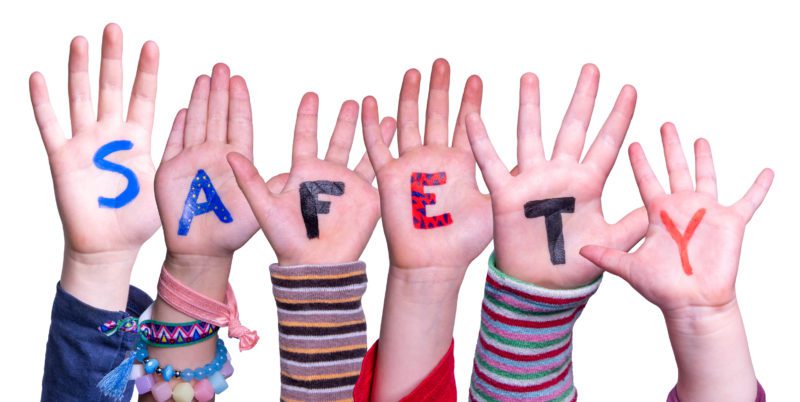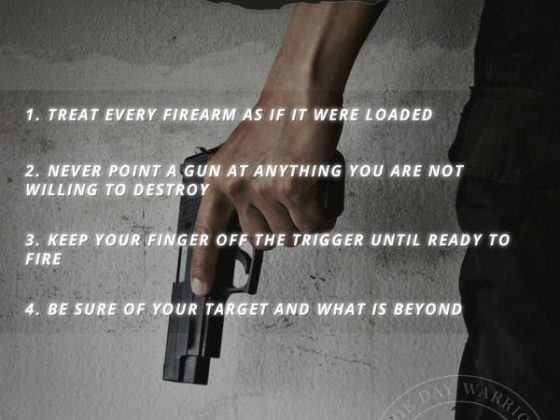Having guns in your home is a freedom that we enjoy in the United States. However, with this freedom (right) comes the responsibility to keep our home safe for our kids, family members, and other guests in our homes. In this article, I want to focus on the education and instruction of our children about gun safety and the steps you can take to ensure that firearms are not accessible without your supervision.
There are hundreds of millions of gun owners in this country, and not one of them will have an accident today. The only misuse of guns comes in the environments where there are drugs, alcohol, bad parents, and undisciplined children. Period
Ted Nugent
I think there are a few areas of focus (E.A.T. Method) when considering a combination of children and firearms in the home..
- Education
- Access
- Testing & Communication
Education
Education is a critical part of firearms training and safety. There is always something new to learn or the required correction of bad habits that you pick up when training yourself. It is essential to have a 3rd party, independent from friends and family, to critique your firearms skills and safe handling. Just recently, at a four-day class at TDI Ohio, I found that I was not adequately making use of my safety in one of the live-fire houses. Dumb mistake, but it was a bad habit I had picked up on the range. We were shooting at paper targets in the live-fire shooting house, but the instructor reminded me of the correct safety protocol. He may have also used a few profane words, which I will not repeat here if you kids are reading with you.
I was not happy about getting corrected but at the same time that is why we train. We train to learn. That instructor was responsible for my safety and also to correct those little differences to improve our safety in all situations.
We are the instructors for our kids. Therefore, it is crucial to instill the safety required when guns are in the home. Not only is safety needed when we are with them to instruct them, but what about that one time you forget to close the safe door or walk away and leave a firearm on the workbench to answer the front door. Neither of these is an example of good safety in the home, but we are all human and should have double layers of redundancy in our gun safety protocols at home.
While I am not always a big fan of the NRA, they create some excellent resources about child gun safety. For example, they produced a great instructional video about what your child should do if they find a gun. Their safety story revolves around their star character Eddie the Eagle. My kids loved this video and, it focuses on four essential gun safety rules kids should learn about guns in the home or outside the home.
- Stop – This first step is crucial. Stopping first allows your child the time he or she needs to remember the rest of the safety instructions.
- Don’t Touch – A firearm that is not touched or disturbed is unlikely to be fired and otherwise endanger your child or other people.
- Run Away – This removes the temptation to touch the firearm as well as the danger that another person may negligently cause it to fire.
- Tell A Grown Up – Children should seek a trustworthy adult, neighbor, relative or teacher – if a parent or guardian is not available.
I like these first safety rules because they keep handling the gun 100% out of the safety process. These are critical steps for kids to remember if they are too young to handle a gun or members of families who do not support having guns in the home. The child learns that they should not touch the gun in uncertain terms and quickly find an adult.
I also like the four rules from Eddie the Eagle because they are a natural transition to the four universal rules for firearms safety:
- Treat all guns as if they are always loaded.
- Never let the muzzle point at anything you are not willing to destroy.
- Keep your finger off the trigger until your sights are on target and you have made the decision to shoot.
- Be sure of your target and what is behind it.
Another source of training material can be founds at The Pew Pew Jew in the form of two books. I have read both of the books for my boys and they are still in our library where we reference from time to time.
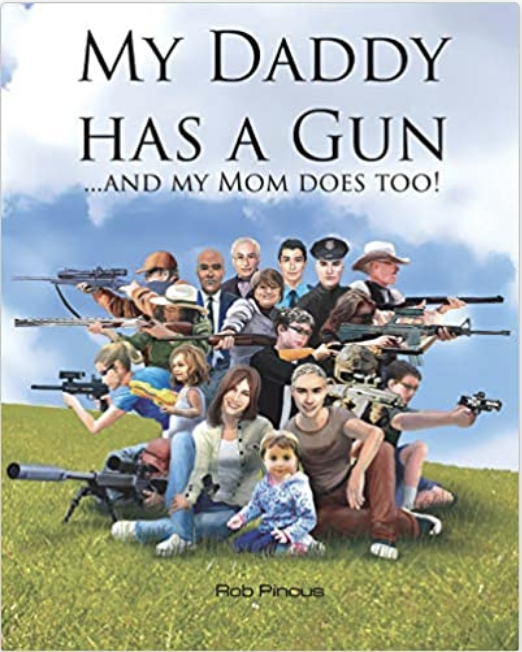
The first book is My Daddy Has a Gun and My Mom Does Too. Here is the summary from the author’s website:
“All across America, families are talking about guns. Some families cherish their firearms and Second Amendment Rights, but many simply don’t understand them. While some families are rediscovering the important and vital role that guns play in our society, others hear nothing but the negative aspects of firearms ownership. Firearms are actually part of our everyday lives, and all Americans, especially our children, need to know that. Firearms are not an inherently evil talisman or a panacea against all evil; they are simply tools. Guns are used every day by law-aiding citizens and armed professionals to protect life. Guns also play a role in sport, competition and other aspects of recreation for many families. Give your children the benefit of the whole truth about guns and how they are used by millions of responsible American Gun Owners. Whether you consider yourself “Pro Gun” or are in favor of “Gun Control,” firearms are a part of American Life. You and your children should be educated in their use, if for no other reason than safety.”
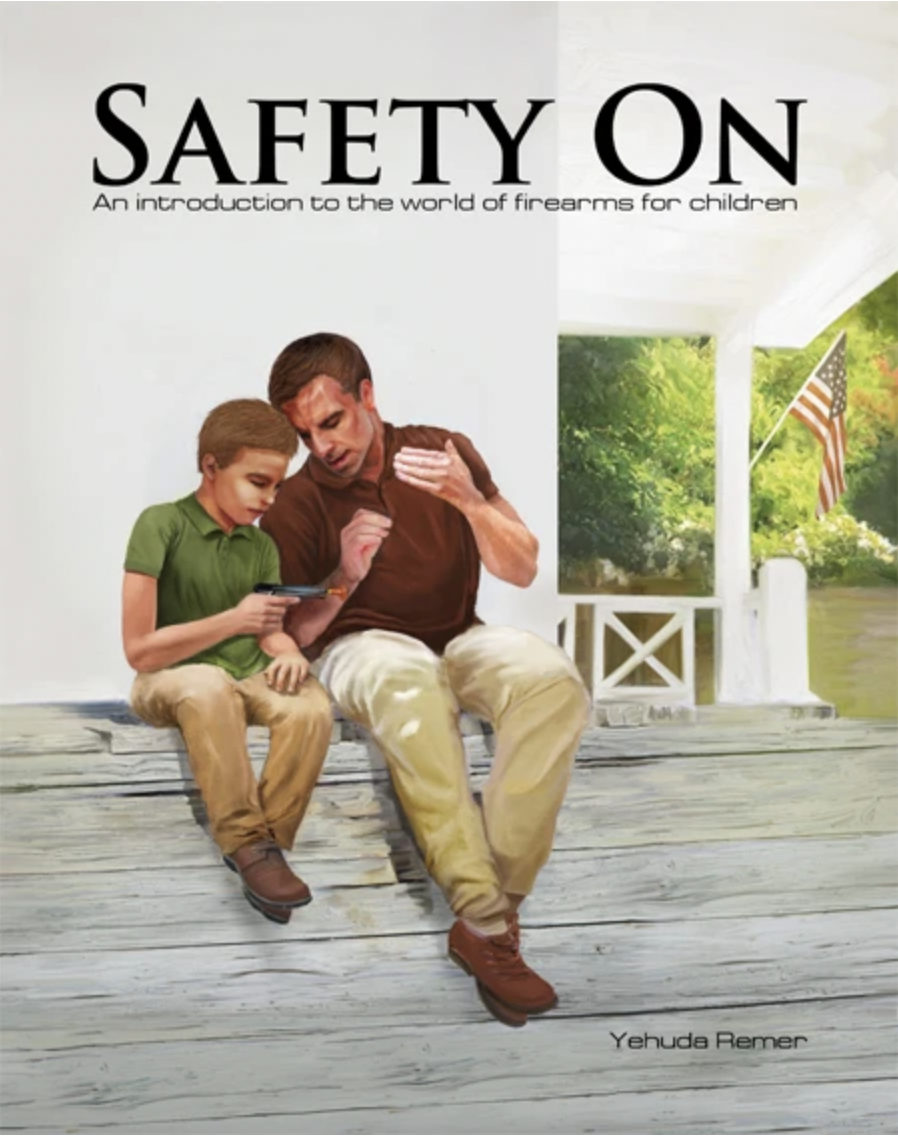
The second book is Safety On by Yehuda Remer. This book has a similar message as Eddie Eagle and talks about what would your child do if they found a gun somewhere it’s not supposed to be? Do they know the cardinal rules of gun safety? What about the proper safety measures every gun owner takes at a gun range? Do they know the appropriate protocol? This book aims to cover all aspects of gun safety as an introduction to the world of firearms for children.
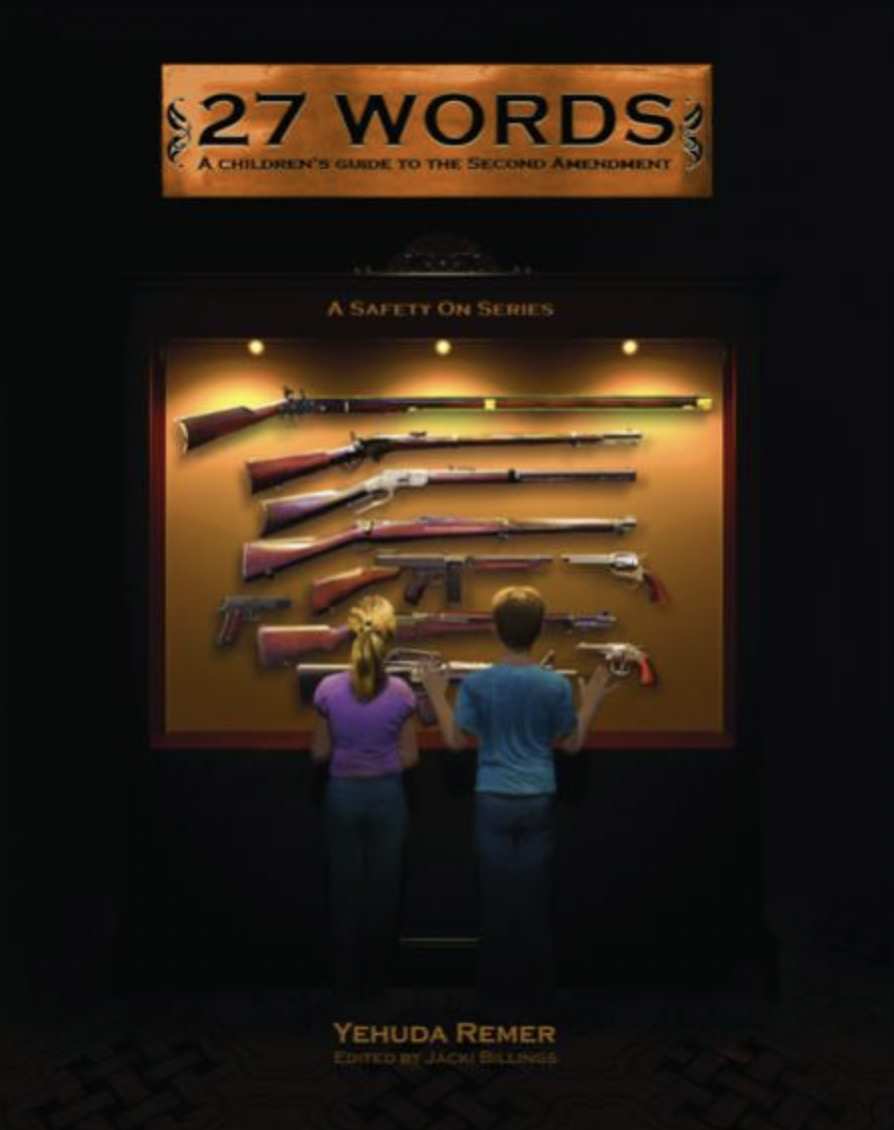
Another great book from Yehuda is 27 words. While not specifically a book about safety, it does introduce your children to the second amendment.
Access
Next, I would like to talk about firearm access in your home. Regardless of the laws in your State, I believe it is imperative to have your firearms under lock and key if you have children living in your home or visiting regularly. Our goal as parents is to protect our families and children.
Unfortunately, home invasion is one category of crime that is becoming more popular over time. Some more facts about home invasions in America:
- Compared to conventional burglary, the rates at which home invasions occur are growing.
- There are over 1 million reported instances of home invasion in the United States every single year. It is suspected that many more go unreported.
- Home invasions are not solo acts; you will encounter multiple home invaders as a rule, and they typically number between 2 and 5.
- Your average home invader will be armed with a knife or a gun. Weapons of opportunity, i.e. tools and other implements that may be used as weapons found on site, are used in nearly half of all home invasions.
- Most assailants invading your home will use force to get in, kicking in a door, or forcing a window. Unbelievably, over 30% of home invaders will enter through an unlocked door or window.
- Most home invasions occur in hours of darkness.
- Homeowners are victimized regularly during a home invasion. More than one in four home invasions sees the occupants of the home wounded by the assailants.
Typically we have only seconds to react during a home invasion, and many will argue you do not have enough time to access your firearm from a safe or remove a trigger lock in time. While I know many of you will not want to lock up your guns to maintain an advantage over an intruder, the main goal of this article is how to keep the homes safe for our kids. Not to debate the tactical aspects of locking your guns up.
I will try to do a follow-up article to see if there are other solution in the market that give you a better balance between the safety locking guns up has for you children while a the same time giving you the tactical advantage over the bad guys.
All of my firearms are locked in some form of gun safe or firearms display with proper locking mechanism. The trouble is that kids are smart. Super smart. TV villain super smart. I do not think we should assume the security steps we have put in place will work in all situations. Just locking thing is not a 100% failsafe. Bad guys can still get in. Maybe our kids can also get in.
Quick side note, this is not to say that I do not trust my kids or that you do not trust you kids by putting all these additional security measures in. I do trust my kids. But they are kids and our job is to protect them and teach them. While I believe in the freedom of firearms, there are just some mistakes with firearms that cannot be reversed.
Simplisafe is a great tool to provide an extra layer of security to your home and firearms. I use
